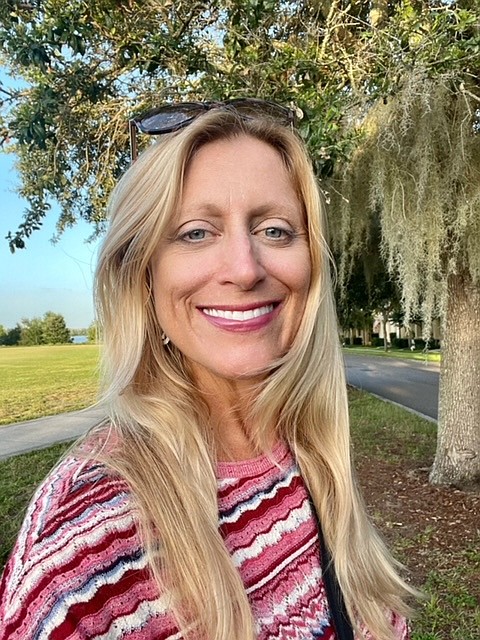- April 4, 2025
-
-
Loading

Loading

It can be hard to see the forest through the trees.

That’s an old saying meant to remind us not only not to get lost in the details of a situation but also to consider the bigger picture.
When it comes to the larger trees of Baldwin Park, this saying rings true both literally and figuratively. While each of the trees on your own property requires maintenance and care, we might need to be reminded of a larger civic vision to restore and preserve a continuous green “canopy” that once predominated areas of Central Florida.
Join the Movement
The city of Orlando’s “One Person, One Tree” program has a goal of expanding the city’s canopy from 25% to 40% by 2040 and is reflected in its moniker — The City Beautiful. Similarly, Winter Park’s “Community Canopy Program” strives to sustain and grow that community’s storied canopy. Both initiatives fall under the umbrella of a modern movement called urban forestry, which, according to the U.S. Forest Service, sets out to improve air and water quality, reduce heat island effects, control stormwater runoff, and provide habitat for wildlife through planting and maintaining more trees close to where we live.
Foresight for Forestry
The planners of Baldwin Park endeavored to create a community with plentiful canopy. Original concept sketches show streets lined with mature oaks arching over shaded thoroughfares and stately homes framed by magnificent magnolias. Eventually, this vision manifested into the design of common areas and parks, a street tree plan, and tree requirements for individual lot types prescribed in the Baldwin Park Residential Design Guidelines.
Living Large
While smaller ornamental accent trees are requisite on all private parcels here in Baldwin Park, larger canopy or shade trees must be incorporated into the landscapes of the larger properties here. Park and village lots have a minimum requirement of a single front yard canopy tree and were planned with large enough setbacks between homes and sidewalks to accommodate them. The more generously sized manor and custom lots allow for multiple canopy trees in both front and side yards.
VIP List
Allowable canopy tree species are listed in section 3.4 of the guidelines. Oaks and magnolias seem to be the most popular. Elms, maples, hollies and cedars are planted regularly. Lesser known and rarely specified are sweet gum and loblolly bay, both of which are native to Florida.

And Now for Your Part
As a homeowner here, you are responsible for maintaining and, if necessary, replacing not only the trees on your property but also your street trees. According to Steele Napoleon, owner of Napoleon Tree Service, plan to have your trees evaluated by a certified arborist every year or at least every other year. Important certifications are International Society of Arboriculture and ISA’s voluntary training program, Tree Risk Assessment Qualification.
Certified Arborist vs. Arborist
As an alternative, there are a handful of local tree professionals that might fall short of these certifications but whose years of dedication, training and experience make them an excellent choice for tree care. In any case, ask for references, a clear explanation of their assessment of your trees and recommendation for future care. Also critical is familiarity with the unique conditions of Baldwin Park landscapes.
One of those self-taught professionals is Craig Smith, of Craig Smith LLC. He says although trees can be trimmed any time of year in Florida, it is best performed in winter when trees are dormant and before the flush of spring. Of course, most of us hold off until right before we need it. A quick turnaround during peak season can mean higher prices.